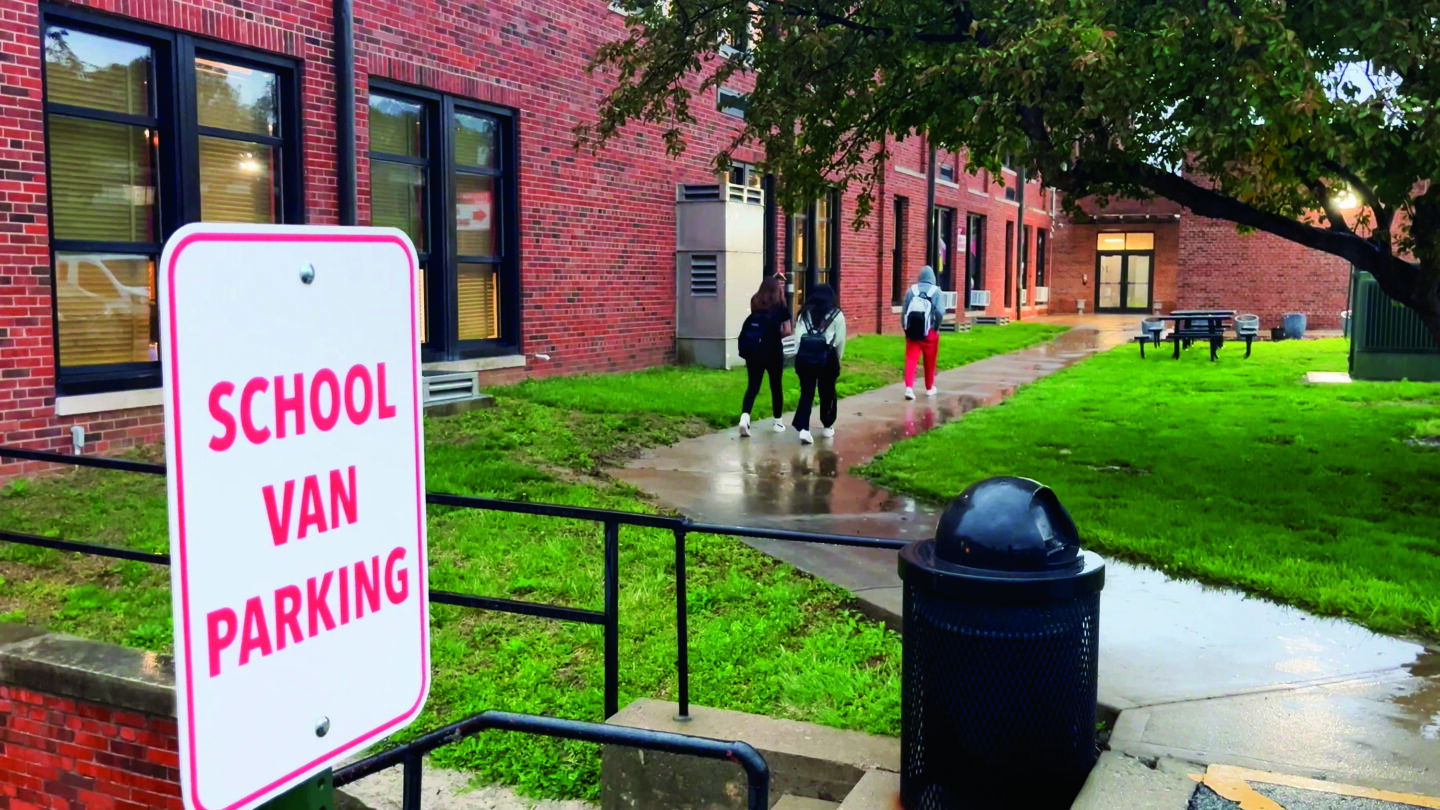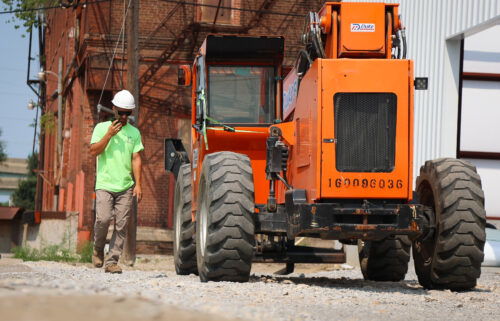The two-school tempest: Long-range plan must win popular support

By Marcus Clem
The St. Joseph School District confronts an enormous financial and political challenge in a plan aiming to change the destiny of Benton, Central and Lafayette high schools.
The 2024-2029 long-range plan presented earlier this year would spend hundreds of millions of dollars largely funded by a couple of taxpayer-approved bonds to construct two new high schools. This would establish a clean “feeder” system, with five elementary schools each serving two middle schools leading directly into two high schools.
We all wanna change the world
Each proposed bond issue must have nearly 58% of voters in favor to pass. The long-range plan also references possible changes that result in a two-high-school system even if the investments are not made.
Voter support is not required to close a school, only to borrow money to build a new one. Superintendent Gabe Edgar, under Board of Education oversight, has exclusive power to change a school’s operational status without spending money, as was done in 2023 with the Mark Twain campus when it was converted from a grade school to an early learning center.
“New schools provide academic access and opportunity to curriculum for all students,” the district promises in its long-range plan draft on a page titled “The Case for Two High Schools.” “New schools help retain and recruit high-quality staff as it is a clear signal the community values public education.”
Under the long-range plan, Lafayette and Benton would ultimately become middle schools, with Central left to an unknown purpose. Truman Middle School would be converted to a third early childhood education center alongside the current Mark Twain and Lake Contrary pre-kindergarten campuses.
Robidoux and Spring Garden middle schools would become grades K-5 elementary schools. Coleman, Edison, Lindbergh, Oak Grove, Carden Park, Hosea, Parkway and Skaith elementaries would not see changes. The future uses of Bode Middle School, Eugene Field Elementary, Bessie Ellison Elementary, Pickett Elementary, Pershing Elementary and the Webster Learning Center aren’t addressed.
They didn’t CARE for it
If this seems familiar, there may be reason for that: In 2021, Proposition CARE laid out a $107 million bond to purchase the American Family Insurance complex along Mitchell Avenue south of Missouri Western State University and convert its structures into a new high school while renovating Central. Had Proposition CARE passed, two high schools in a similar feeder system would have been in place by the coming 2024-2025 academic year.
Lafayette alumna Janice Edmonson said she considers the possible end of Lafayette’s days as a high school to be a daunting concept. Even if kept in operation as a middle school, it would no longer be the tradition it has been for so many. She has been looking forward to seeing her grandchildren and great-grandchildren attend there. And yet, she said, it is clear that improvements are long overdue.
“The pride in East Side, North Side, South Side, I guess, being born and raised here, that’s kind of how we grew up,” Edmonson said. “But again, like I said, we definitely need new schools, so, I’m all for that too.”
The previous attempt to bring changes to the city’s high schools failed, with “no” ballots exceeding 64.5% of the votes in April 2021.
Cardinal rules
Backlash over changes to current schools, and the perception that South Side students would be relegated to the older Central, drove much of the opposition, said South Side business leader J.L. Robertson. To succeed, any plan must convince residents that they will get a school that serves their neighborhood, as Benton uniquely does, he said.
“Benton High School serves a broad community,” said Robertson, owner of Rupp Funeral Home. “It serves our community very, very well. So this location, and the location of a school in southern St. Joseph, it’s just very, very important to this climate around here.”
Robertson, who opposed Proposition CARE, has come around to favoring the new plan because it promises that the two schools, tentatively called “St. Joseph North” and “St. Joseph South,” will be located not far from the current Lafayette and Benton sites, respectively.
“All schools are in neighborhoods,” Robertson said. “You take care of north St. Joseph neighborhoods, and you take care of south St. Joseph neighborhoods. And that would appease, I believe, our community, so to speak.”
Jeff Leake offers a skeptical view from the North End. Leake said the plan is completely misguided because it continues to reflect an attitude that is obsessed with appearances, not services. Core problems like attendance, poor test scores, teacher shortages and the lasting effects of poverty cannot be addressed with new construction, he said. And yet, in Leake’s view, new construction has come to dominate the conversation about the district’s future.
“There is a portion of the community that wants to go to one big school or two schools, and thinks that’s the magic diet pill that’s gonna fix all our problems,” said Leake, a veteran Lafayette teacher and coach. “But after they’re done posing for pictures and bragging about it, and showing it off to a few people, we’ve got to worry about the kids that go to school each day.”
What matters much less than the appearance and newness of a building, Leake said, is the individualized attention students receive from teachers. It is vital, he said, for kids who struggle in school to be placed into as small of a class size as possible, preferably in the smallest-population building possible. Leake said he has observed districts throughout the Greater Kansas City area and the nation move in this direction. However, the long-range plan will create two buildings, each with a student body of about 1,500 kids.
“We’ve got to decide if we want to give the community what they want, or if we want to give a few people what they want,” he said.



